Description
The Addis Butterfly, Chaetodon semilarvatus, is a striking marine fish known for its vibrant colours and distinctive patterns. It has a deep, laterally compressed body with a maximum size of around 8 inches (20 cm) in length. The fish displays a stunning combination of yellow, black, and red colouration, with bold vertical red bands on its sides. The dorsal and anal fins are elongated, adding to its graceful appearance.
Natural Habitat:
The Addis Butterfly is commonly found in the warm tropical waters of the Red Sea and the Arabian Gulf. It inhabits coral reefs and reef slopes, where it can be seen swimming among the corals. The habitat is characterized by clear water, abundant coral formations, and a variety of invertebrates. These fish prefer areas with moderate water flow and ample hiding places.
Keeping Addis Butterfly Healthy:
The care level for the Addis Butterflyfish is considered moderate, requiring specific conditions to thrive. They prefer a well-established aquarium with stable water parameters and a temperature range of 75°F to 82°F (24°C to 28°C). Providing a varied diet that includes live and frozen foods such as brine shrimp, mysis shrimp, and high-quality flakes is essential. Regular monitoring of water quality and ensuring compatibility with tank mates are necessary to maintain the fish’s health.
Special Requirements and Feeding:
Addis Butterfly have a primarily carnivorous diet, feeding on a variety of small invertebrates and zooplankton in the wild. In captivity, they should be offered a diverse diet that includes meaty foods such as brine shrimp, mysis shrimp, and finely chopped seafood. Providing a suitable feeding schedule and offering food multiple times a day is recommended to meet their nutritional needs.
How Many Should I Keep?
It is generally advisable to keep a single Addis Butterflyfish per tank. They can be territorial and may exhibit aggression towards their own species or similar-looking fish. Providing ample swimming space and suitable hiding spots for individual fish promotes their well-being.
Lighting Preference:
Addis Butterfly do not have specific lighting preferences and can adapt to a range of lighting conditions. However, providing moderate to high-intensity lighting mimics their natural reef environment and can enhance the colours of both the fish and the corals in the tank.
Suitable Tank Mates:
When choosing tank mates for the Addis Butterfly, it is important to select peaceful species that are not overly aggressive or territorial. Avoid keeping them with other butterflyfish to prevent potential aggression. Suitable tank mates can include small to medium-sized peaceful community fish, such as tangs, clownfish, gobies, and wrasses. Careful observation of their behaviour is essential to ensure compatibility.
Reproduction in the Wild:
In the wild, Addis Butterflyfish engage in courtship behaviours during the breeding season. The male and female swim together, performing intricate movements and displaying vibrant colours. Once a pair forms, they release eggs and sperm simultaneously, resulting in fertilization. The eggs are buoyant and rise towards the surface, where they drift with the currents until they hatch.
Breeding Chaetodon semilarvatus:
Captive breeding of the Addis Butterflyfish (Chaetodon semilarvatus) is a challenging endeavor that has seen limited success in the aquarium trade. Due to the delicate nature of these fish and their specific reproductive requirements, achieving successful breeding in captivity remains rare.
One of the main challenges in captive breeding is replicating the complex courtship behaviours and spawning conditions that occur in their natural habitat.
The availability of suitable spawning sites and the management of water parameters are crucial factors for successful breeding. Providing the fish with ample hiding places, rock structures, and carefully controlled water temperature, pH, and salinity levels are essential. Maintaining pristine water quality and stability is important to ensure the health and reproductive success of the breeding pair.
In some cases, hormone injections or specialized diets have been explored to induce spawning; however, these methods are not commonly practiced and are typically limited to professional breeding facilities or research institutions.
While there have been reports of successful captive breeding attempts with Addis Butterflyfish, the availability of captive-bred specimens in the aquarium trade remains limited.
Sexual Dimorphism:
There are no prominent external differences between male and female Addis Butterflyfish. Sexual dimorphism in this species is not visually apparent.
Distribution:
The Addis Butterflyfish is primarily found in the Red Sea
Summary:
Overall, the Addis Butterflyfish captivates with its stunning appearance and graceful movements, making it a desirable addition to marine aquariums. With a maximum size of around 8 inches (20 cm), it adds elegance to any aquarium. They inhabit coral reefs and reef slopes, preferring areas with moderate water flow and ample hiding places. Care for these fish is moderately difficult, requiring a well-established aquarium with stable water parameters and a temperature range of 75°F to 82°F (24°C to 28°C).
The Fish pictured here are representative only and the livestock you receive may vary in pattern, coloration, and shape.


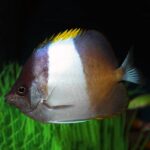
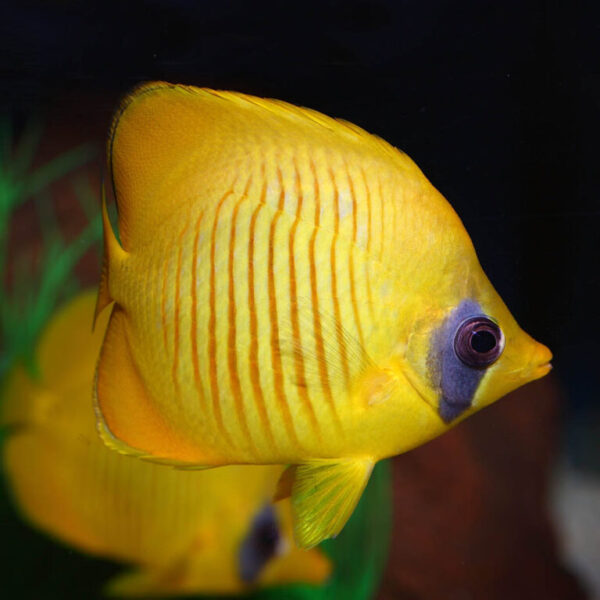

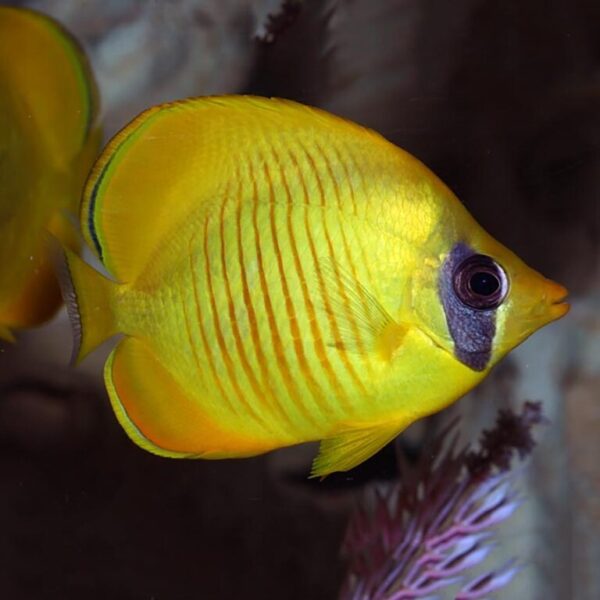
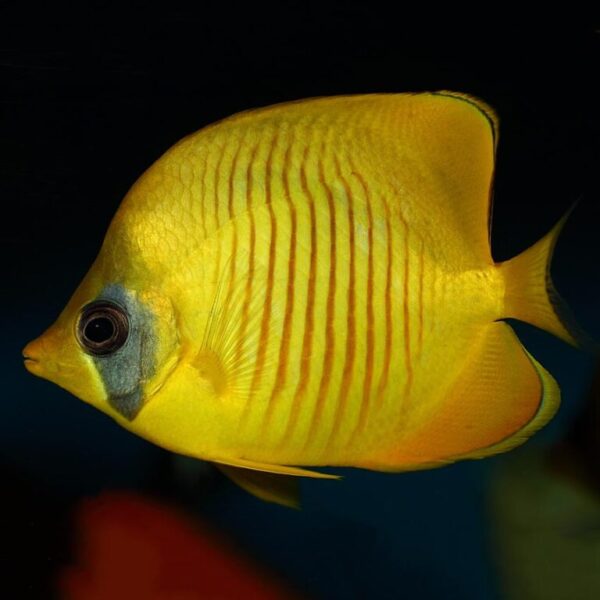

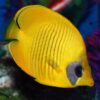
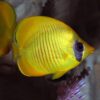


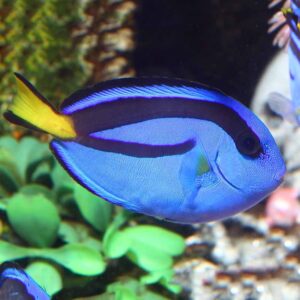

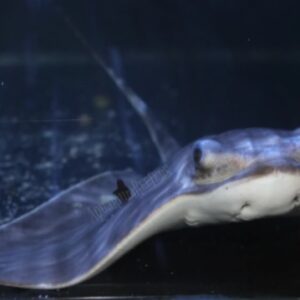
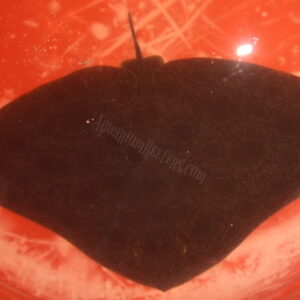
Reviews
There are no reviews yet.